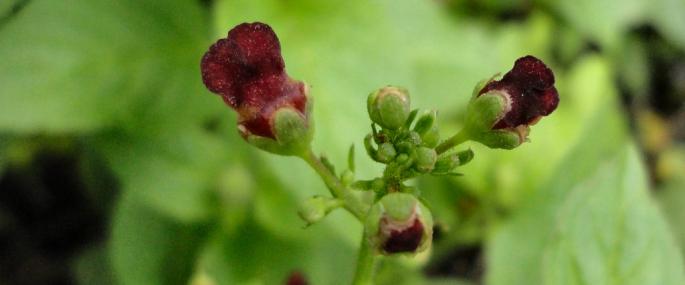Water Figwort is a common plant of riverbanks, pond margins, damp meadows and wet woodlands. Its maroon flowers appear from June to September, provide nectar for bumblebees and are pollinated by the Common Wasp.
Human activity, including the drainage of land for agriculture and development, has resulted in the disappearance of many of the UK's wetlands. The Wildlife Trusts are working closely with planners, developers and farmers to ensure our wetlands are protected. You can help too: add native plants and flowers, such as Water Figwort, to a wildlife-friendly pond and its margins, and provide shelter for amphibians and nectar for insects. In partnership with the RHS, The Wildlife Trusts' Wild About Gardens initiative can help you plan your wildlife garden.
